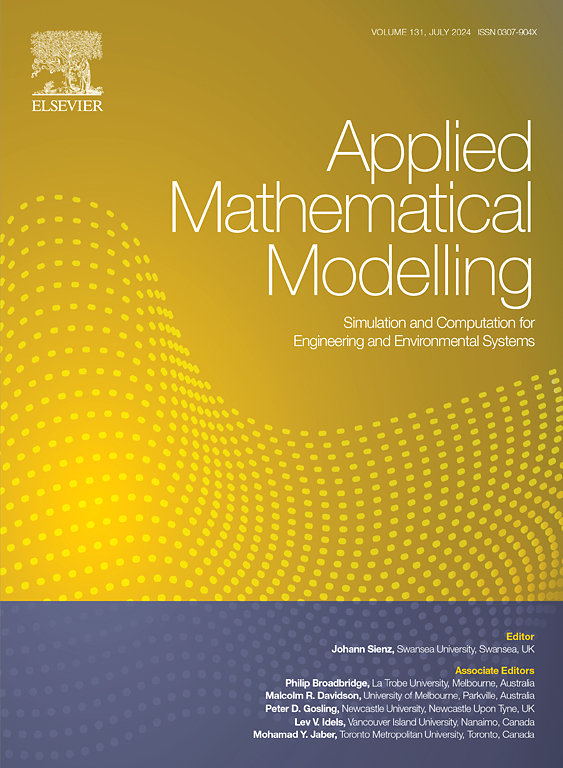水平和略微倾斜管道中的气液流动模式预测:从力学建模到机器学习
IF 4.4
2区 工程技术
Q1 ENGINEERING, MULTIDISCIPLINARY
引用次数: 0
摘要
本文研究了水平和略微倾斜管道中气液两相流的预测。为此,采用了 Taitel 等人(1976 年)的力学模型和机器学习方法。首先,通过在过渡方程中引入因子,对力学模型进行实施、测试和优化,以确定对特定两相系统具有最高预测精度的配置,并获得相关实验数据点。其次,对多个机器学习模型进行训练、测试和补充验证。具体做法是将与管道倾斜范围(-10∘ 至 10∘)相对应的实验数据集分成训练集、测试集和验证集。最佳分类器在测试步骤后的准确率达到 95.5%,在验证步骤后的准确率高达 98.9%。最后,采用最佳配置的 Taitel 等人模型和最佳机器学习分类器(XGB 分类器)生成二维流态图。本文章由计算机程序翻译,如有差异,请以英文原文为准。
Gas liquid flow pattern prediction in horizontal and slightly inclined pipes: From mechanistic modelling to machine learning
This paper investigates the prediction of two-phase gas-liquid flow regimes in both horizontal and slightly inclined pipes. For this purpose, the mechanistic model of Taitel et al. (1976) and the machine learning approach have been adopted. First, the mechanistic model was implemented, tested and optimised by introducing factors in the transition equations to determine the configuration that gives the highest prediction accuracy for a specific two-phase system for which experimental data points are available. Second, several machine learning models are trained, tested and additionally validated. This is done by splitting the experimental data set corresponding to the pipe inclination range ( to ) into training, test and validation sets. The best classifier achieved an accuracy of 95.5% after the test step and up to 98.9% after the validation step. Finally, the Taitel et al. model with the optimal configuration and the best machine learning classifier (XGB classifier) are used to generate the two-dimensional flow regime map.
求助全文
通过发布文献求助,成功后即可免费获取论文全文。
去求助
来源期刊

Applied Mathematical Modelling
数学-工程:综合
CiteScore
9.80
自引率
8.00%
发文量
508
审稿时长
43 days
期刊介绍:
Applied Mathematical Modelling focuses on research related to the mathematical modelling of engineering and environmental processes, manufacturing, and industrial systems. A significant emerging area of research activity involves multiphysics processes, and contributions in this area are particularly encouraged.
This influential publication covers a wide spectrum of subjects including heat transfer, fluid mechanics, CFD, and transport phenomena; solid mechanics and mechanics of metals; electromagnets and MHD; reliability modelling and system optimization; finite volume, finite element, and boundary element procedures; modelling of inventory, industrial, manufacturing and logistics systems for viable decision making; civil engineering systems and structures; mineral and energy resources; relevant software engineering issues associated with CAD and CAE; and materials and metallurgical engineering.
Applied Mathematical Modelling is primarily interested in papers developing increased insights into real-world problems through novel mathematical modelling, novel applications or a combination of these. Papers employing existing numerical techniques must demonstrate sufficient novelty in the solution of practical problems. Papers on fuzzy logic in decision-making or purely financial mathematics are normally not considered. Research on fractional differential equations, bifurcation, and numerical methods needs to include practical examples. Population dynamics must solve realistic scenarios. Papers in the area of logistics and business modelling should demonstrate meaningful managerial insight. Submissions with no real-world application will not be considered.
 求助内容:
求助内容: 应助结果提醒方式:
应助结果提醒方式:


